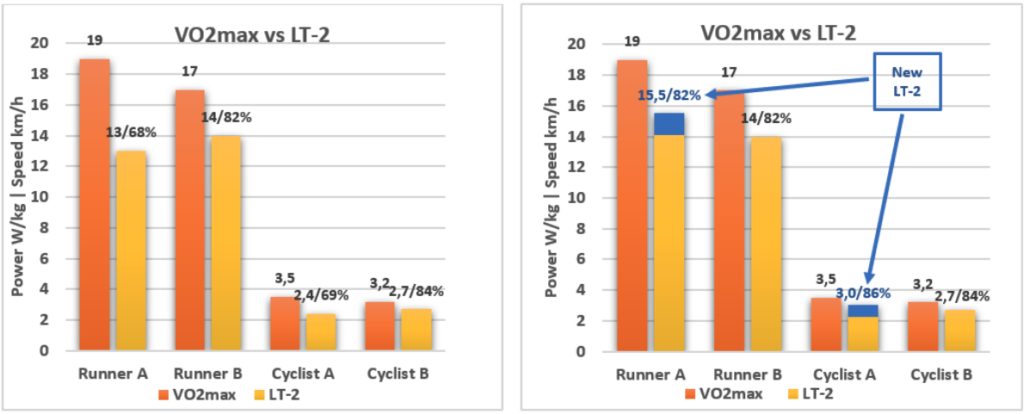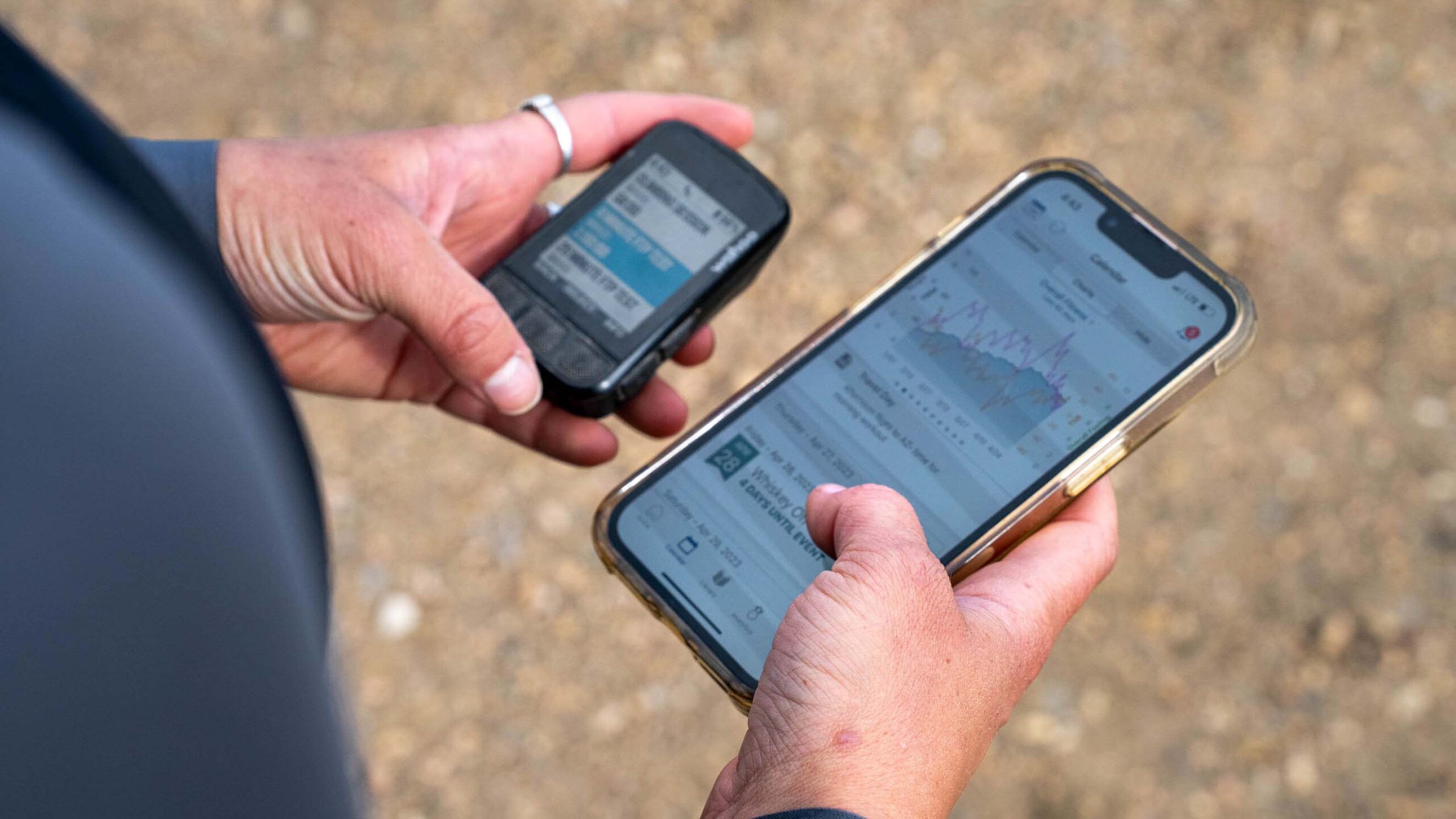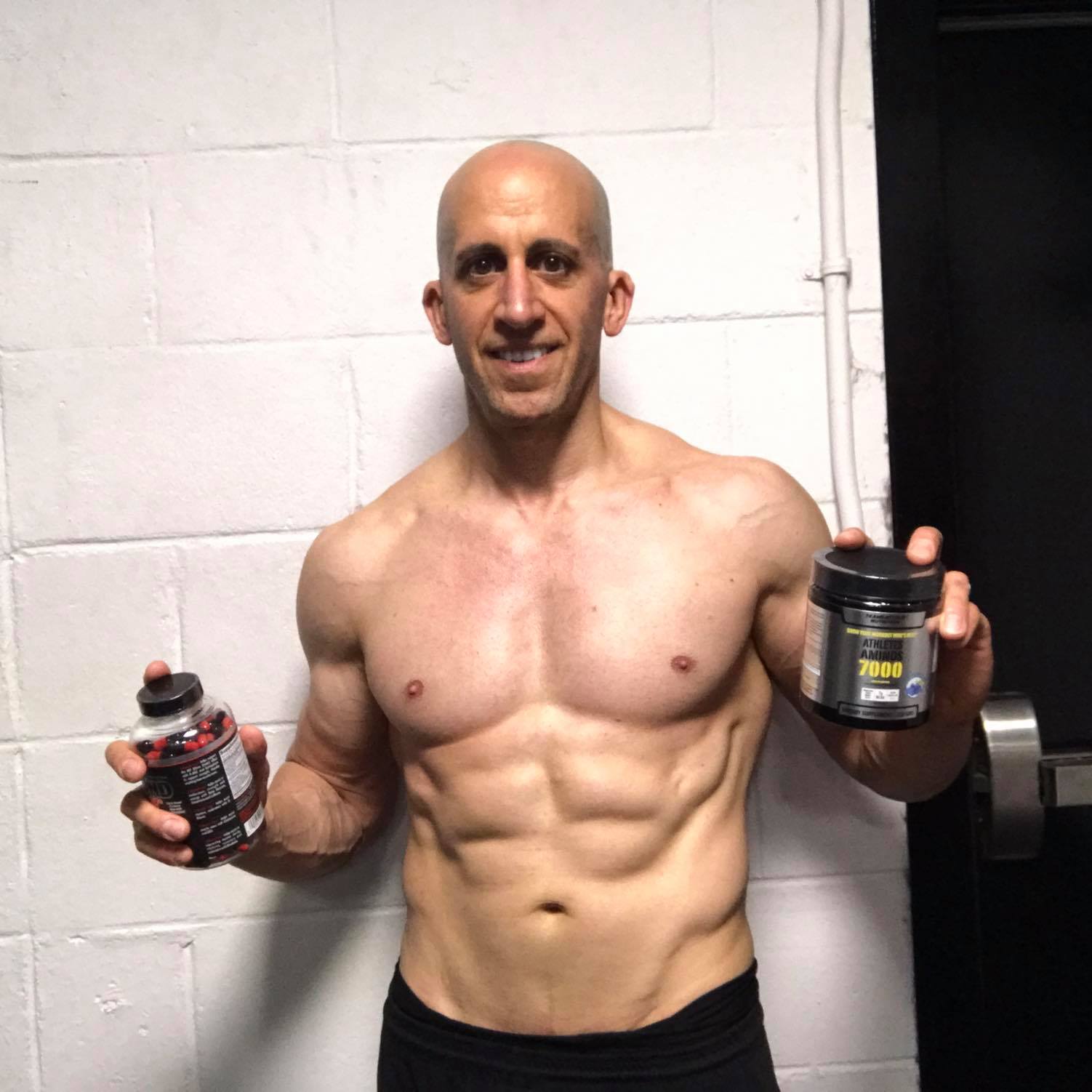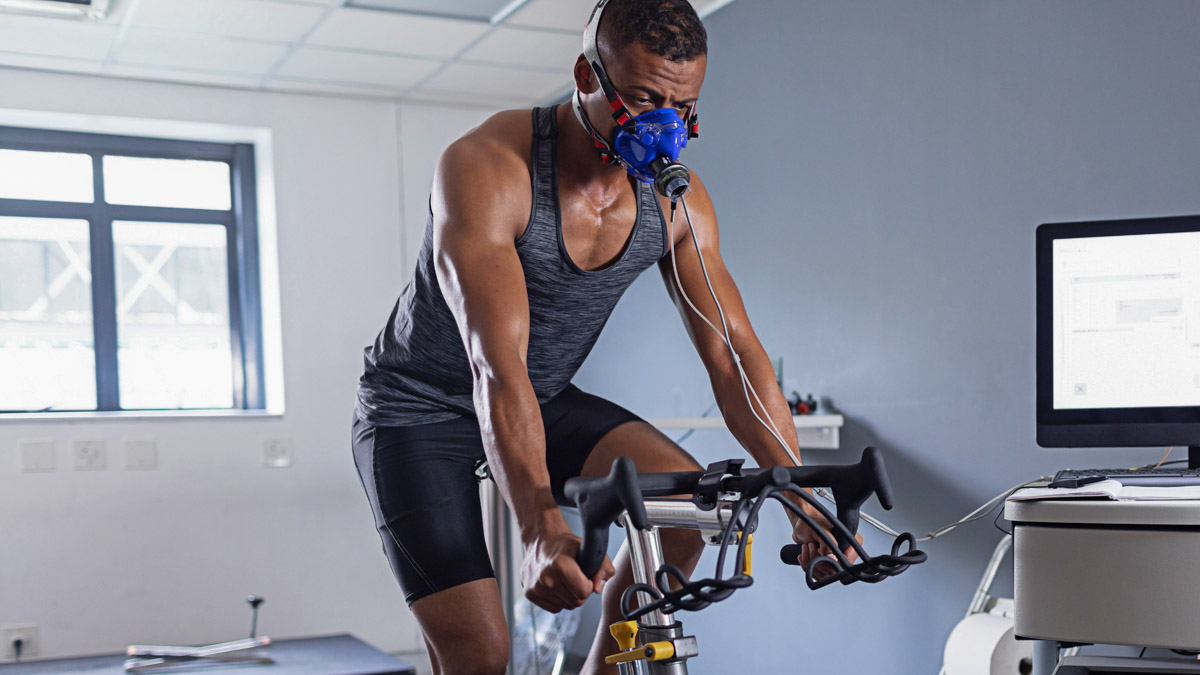Out of the many metrics that influence athletic performance, it’s arguable that lactate threshold (LT) and VO2 max are among the most important. Defining your LT and VO2 max numbers will help you train more efficiently, and developing these metrics is a surefire way to get across the finish line faster and stronger. Here’s what you need to know.
Understanding Your Lactate Threshold
During exercise, lactate naturally spills into your bloodstream as your body attempts to increase the breakdown of glucose for energy production. As intensity increases and energy demands can no longer be met entirely with aerobic energy systems, blood lactate levels begin to rise, and other biochemical and neurological processes prevent that intensity from being sustained for very long. If you train your body to better withstand more intense exercise, you’ll therefore be able to perform longer and harder.
This is why your lactate threshold is so important. Usually defined by an athlete’s ability to endure 40-60 minutes of maximum steady-state effort, LT is more precisely measured by your heart rate, power, or pace when the lactate volume in your blood (generally) reaches 4 mmol/L. When you accurately define your LT, you can base your training on that number which will help you tailor your program to your current fitness level while you work towards increasing your LT. Doing so will increase efficiency and reduce the risk of injury and illness, effectively making you a higher-performing athlete.
The Basics of VO2 max
VO2 max is defined as the maximum volume of oxygen per minute that an athlete can capture from the air, fix at the pulmonary level, transport and utilize. Efforts at your VO2 max are well above your LT and can approximately be held between 6 and 10 minutes (though this depends on the amount of training as well as genetics). Though VO2 max has become widely revered as a top training metric, it is considerably less trainable than LT, as improvements are usually highly related to body weight changes.
For your reference, the average person’s VO2 max is 35 mL/kg/min (i.e., 35 milliliters of oxygen is used per minute for each kilogram of body weight) at rest and 20-40 mL/kg/min while running. For elite athletes, VO2 max is reached somewhere from 65-80 mL/kg/min, climbing to 90 mL/kg/min for the highest scorers. It is worth noting that female athletes’ VO2 max is usually 5-15% lower.
Setting Your LT and VO2 max
Blood lactate tests can be used to set your LT either in the lab, track, or velodrome. If you don’t have access to these settings, then field tests such as running or riding 40 to 60 minutes at maximum steady-state pace/power — equating to 10-15 km for runners or 30-40 km for cyclists (for the majority of recreational athletes) — can help you estimate your LT.
VO2 max is only truly measurable with a ventilatory test. However, a maximum-effort test of 8-9 minutes can give a good indication of your speed, pace, power, and heart rate that corresponds to your VO2 max.
Which is More Important: LT or VO2 Max?
To better understand the dynamics for each of these metrics, consider the graphs below. The graphs depict two different runners and two different cyclists in relation to their LT and VO2 max. Note: for the purposes of this article, LT-2 is the same as LT. In reality, your body has multiple lactate thresholds (e.g., LT-1 corresponds to the initial presence of lactate in your blood during low-intensity exercise, while LT-2 corresponds to the excessive presence of lactate in your blood during high-intensity exercise. The latter is the more important of the two LTs for endurance athletes).

In the lefthand graph, Runner A’s VO2 max is 19km/h while his LT-2 is 13km/h, which corresponds to 68% of his VO2 max. Runner B’s VO2 max is 17km/h and his LT-2 is 14km/h, which corresponds to 82% of his VO2 max. Cyclist A and Cyclist B have very similar metrics compared to their respective runners.
If each set of these four athletes were to race each other, it appears very likely that Runner A and Cyclist A would be stronger in workouts related to VO2 max that last under 10 minutes. But in longer efforts, Runner B and Cyclist B would probably be stronger because their LT surpassed that of Runner A and Cyclist A.
The question is, if Runner A and Cyclist A were to specifically focus on LT development, would that change the outcome?
In the righthand graph, we can observe a new reality. Assuming that both runners and cyclists continue with the same VO2 max, the improved LT for Runner A and Cyclist A will not only make them stronger in shorter efforts, but also in longer workouts or races. As previously mentioned, LT is highly trainable, but it is limited by VO2 max.
How to Develop Your VO2 Max
As previously mentioned, genetics has a large impact on VO2 max, but with the right training, it is possible to develop it. Due to the high-intensity workouts that athletes need to face at VO2 max — which is close to the maximum heart rate for some — good aerobic and muscular adaptations need to be secured before starting to work at this level.
Typical VO2 max workouts are built using repetitions that are sustained from 1 to 5 minutes, with active recovery between 50% to 100% of the duration of the repetition (with a total volume of 10 to 20 minutes at VO2 max). The pace is very similar to the 2-3 km race pace for runners.
Running Examples
- Shorter: 10-12 repetitions of 400 m, with active recovery in between that last the same amount of time as each repetition
- Longer: 4-5 repetitions of 1200 m, with 2.5-3.5 minutes of active recovery before starting the next repetition
Cycling Examples
- Shorter: 8-12 repetitions of 1.5-minute hills, with active recovery downhills in between that last the same amount of time as each repetition
- Longer: 4-5 repetitions of 4-minute flats, with 3-4 minutes of active recovery at around 50% of LT before starting the next repetition
Depending on the duration of the workout and your current level, recovery after a VO2 max session will take between 36 and 48 hours.
How to Develop Your LT
LT workouts are less intense than VO2 max workouts, with longer intervals and shorter recovery periods. The total duration of a typical LT workout should be between 30 and 60 minutes without recovery intervals. The typical structure will include repetitions of 4 to 12 minutes and recoveries of 1 to 3 minutes, following an approximate ratio of 1/3 to 1/5.
Running Examples
- Shorter: 6-10 repetitions of 1 km, with 1-1.5 minutes of active recovery before starting the next repetition
- Longer: 3-4 repetitions of 3 km, with 3 minutes of active recovery jogging
Cycling Examples
- Shorter: 8-10 repetitions of 4 minutes, with 1 minute of active recovery between each set
- Longer: 4-5 repetitions of 8-10 minutes, with 2-3 minutes of active recovery around 50% of LT
For LT and VO2 max workouts, recovery intervals should be kept active by jogging or cycling. Lactate clearance is accelerated by movement, so this will help your performance.
Depending on the duration of the workout and your particular level, recovery after LT workouts is typically longer than recovery after VO2 max workouts due to higher glycogen depletion, lasting between 48 and 72 hours. Here’s an article I wrote about recovery periods that will help you decide whether you’re recovering adequately.
To reach your full potential in running and/or cycling, I advise that you include frequent workouts to develop LT so that you work this metric to be as close to your VO2 max as possible. This could follow the 80/20 Rule, which calls for 80% of your workouts to be at lower intensities, and 20% of your workouts to be at moderate and high intensities.
VO2 max should be stimulated as well, but not so frequently. For example, you can include weekly LT workouts into your training plan with VO2 max workouts every two weeks. This is a good compromise if your aerobic base and muscular adaptation are already secured.
In trying to close the gap between your LT and VO2 max, the quality of your high-intensity workouts will be more effective at 15% to 25% of your weekly mileage (remember the 80/20 rule). The goal of this training is to make racing at maximum aerobic potential possible for extended periods of time.
Precisely defining and frequently updating your LT is essential for good planning so that you avoid training at intensities that are either too high or too low for your current fitness level. For long-distance endurance athletes, LT should be the priority physiological marker to develop because it’s less risky in terms of injury and less aggressive for the body and mind. Even if you don’t have a high VO2 max, keep training. Those who work on efficiency and consistency are always rewarded!









